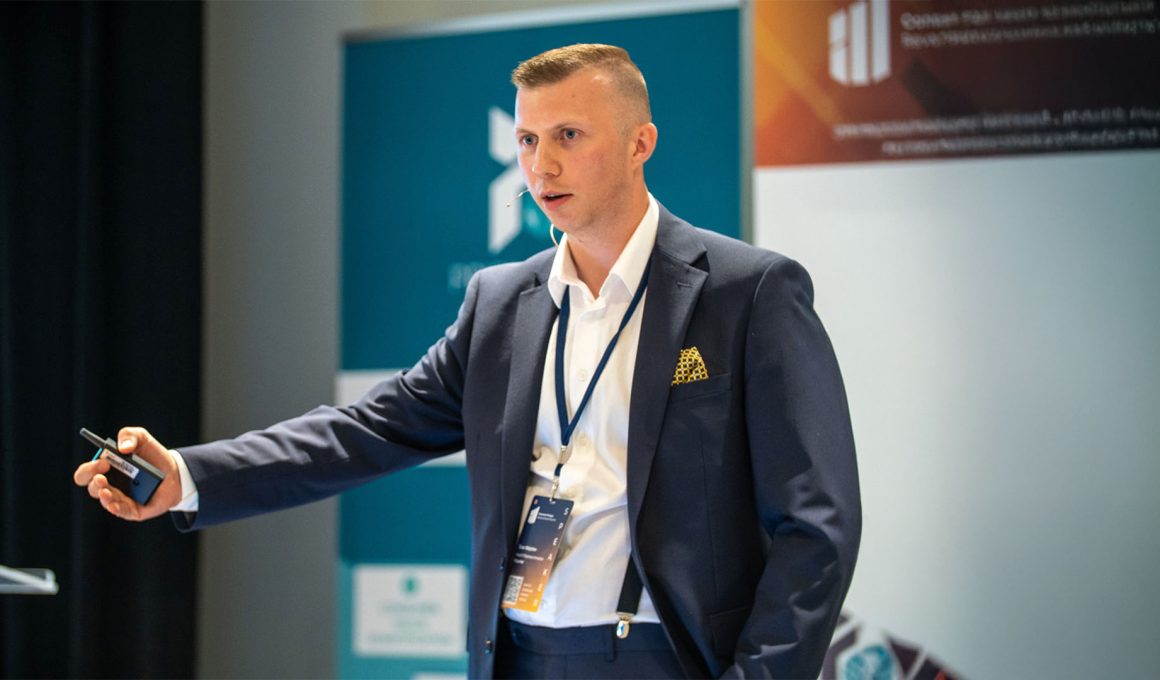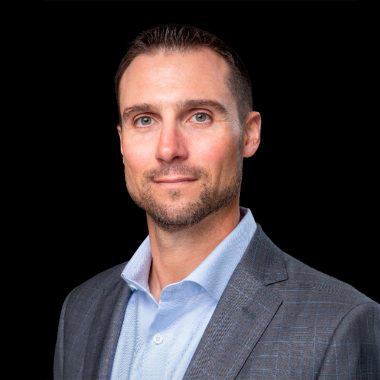Big companies tend to move slowly. By the time a new idea clears the layers of approval, the market has already shifted and the opportunity is gone. Hierarchy helps maintain stability but often comes at the cost of speed, and most organizations struggle to find a balance between the two. Taras Malyshev has spent his career tackling this problem inside Fortune 100 companies, and his solution doesn’t require tearing the system apart. He calls it “speed tunnels.” The approach has delivered remarkable results, from cutting costs by 33 percent in just nine months to turning the underperforming plant in North America into a three-year streak as the best bakery in the world.
Finding Opportunities Through Curiosity
Malyshev grew up in a small city near the North Pole, a place of 5,000 people and only six minutes of sunlight during winter. “In this environment you learn two things,” he says. “First, you learn to dream. And to get out of there, you learn to execute.” One day, after completing his military service, he held a secure job offer from a civilian accounting firm — a clear path, steady pay, predictable future. But then he noticed a door marked with four unfamiliar letters.“I opened the door and asked, ‘What are you doing there?’ That moment changed my career completely, from being an accountant to becoming a strategist, a transformer, and a change maker.”
That simple act of curiosity, opening doors and asking questions others avoid, became the foundation of his leadership approach. Over the years, his roles have taken him through Fortune 100 companies where he supported 16 business units, ran a Cadbury plant, and led transformation efforts at Mondelez and Pizza Hut. At Mondelez, his initiatives cut costs by half and generated over $300M in annual productivity. Later at Pizza Hut, his methods unlocked a $1.5B innovation pipeline.
Understanding Why Organizations Slow Down
Most people assume organizational problems come from market pressures or company structure, but Malyshev sees something deeper. “Everything stems from fear. At the end of the day, fear is the primary driver,” he says. People who crave change fear being left behind, while those who value stability fear breaking something that works. This tension creates what he calls three traps: rejection, where people shut down new ideas; the optimization trap, where teams play it safe and do the bare minimum; and euphoria, where everything gets approved without critical thought. Hierarchy only amplifies the problem. “By the time a decision moves through the layers of approval, it loses its urgency and its original intent,” Malyshev explains. Each retelling distorts the concept until it becomes unrecognizable or quietly dies.
There is another common issue as well. When teams are assigned to high-ROI projects they do not believe in, “they will spend more time proving the project cannot work than finding ways to make it succeed.” For Malyshev, enthusiasm matters more than projected returns. He would rather lead three smaller initiatives driven by passionate people than one grand transformation led by skeptics.
Building Momentum with Speed Tunnels
The idea of speed tunnels comes from military strategy. When resources are limited and two fronts are locked in battle, commanders concentrate their forces on a single point to break through enemy lines. Malyshev applies the same principle to organizational change. “Who is eager to become a change agent? Raise your hands. We’ll empower you,” he says. These are not assigned roles but open invitations designed to create a non-hierarchical team of people who genuinely want to make things happen.
He calls it creating a “local over-presence” of change agents within the company. “In my experience, at least 30% of the people involved must be entrepreneurial. Hiring that many disruptors would damage culture and existing systems, so instead we empower existing employees and invite them into the rooms where breakthroughs are needed.”
At the chocolate plant, Malyshev eliminated the traditional submission process where ideas crawled through endless review stages and approval committees. Instead, he met directly with line operators every Monday to review results. “My first question in the room was always, ‘What is the one thing we can do right now to implement it?’” he says. Section leaders were given decision-making power on the spot. For larger ideas, a cross-functional team of true doers—engineers, line leaders, and section heads—gathered by Friday with a single focus: “What needs to happen for us to figure out how to make it work? Not if this works, but how to make it work.
For Malyshev, speed tunnels aren’t about bypassing hierarchy — they’re about restoring energy to it. When people closest to the work are trusted to act, momentum compounds. “The first breakthrough shows it clearly — the only way to master chaos is to send signals that move faster than change.”
Connect with Taras Malyshev on LinkedIn to explore practical transformation strategies that actually work.





